Perched on her John Deere 318, Dixie Schultz mowed her lakeside acreage this September wearing a big grin.
She had much to celebrate.
Just two months prior, the 85-year-old Hastings, Michigan, resident had grown so mysteriously weak she couldn’t get out of a chair or slice an apple.
In less than a year she had declined from a person who took strength training and Better Balance classes, swam and hosted euchre parties, to someone needing help with bathing, cooking and getting out of cars.
And no one knew why.
“Of all my friends, I never had back trouble. I could lift everything. I mowed 5 acres, so I was in really good shape,” Schultz said.
‘I can’t take care of myself’
Her symptoms began in May 2021 with pain and swelling in her left leg. The following month, her left leg swelled again and she developed indigestion. An ultrasound ruled out a blood clot.
When full-body weakness set in, her physician checked her for kidney issues but found no problems.
An October trip to Shipshewana, Indiana, with her daughter and granddaughter called out the severity of her decline. Walking proved difficult and she found herself struggling with public bathrooms and theater seating.
In November, she gave up preparing the Thanksgiving meal. Pain gripped both shoulders and legs and stiffness disabled her dominant left hand.
By December—just seven months after the first signs of weakness—she would spend days and nights sitting in her captain’s chair.
She lost 40 pounds due to indigestion. Her left arm fell useless.
“I couldn’t get in and out of bed and I stopped driving,” Schultz said.
Her daughter visited every weekend and prepared microwavable meals.
Schultz could tackle light housework in short bursts. She wrote out birthday cards in wobbly cursive and learned to brush her teeth with her right hand.
But she could do little else.
“I couldn’t even lift regular bath towels,” she said. “I kept doing everything I could, but I was losing my ability to take care of myself.”
On Dec. 28, a visit to an urgent care clinic prompted lab tests for heart issues and several chronic conditions, but the results provided no answers.
As Schultz struggled with weakness, she began to use a walker.
In January, she went to the emergency department at Corewell Health Pennock.
She remembers telling the care team, “I’m here because I can’t take care of myself.”
Suspecting cardiac issues, the emergency department team admitted her to Corewell Health Fred and Lena Meijer Heart Center. They determined Schultz’s heart was functioning at 45% capacity.
A colonoscopy ruled out potential indigestion causes. Neurological and rheumatology specialists evaluated her predominantly one-sided weakness, but answers remained elusive.
‘It’s treatable’
With medication and rest, her heart recovered.
After the brief hospital stay, Schultz returned home. Her daughter moved in with her, because Schultz could no longer live on her own.
In Schultz’s follow-up visits, the care team began to close in on answers.
An endoscopy revealed a hiatal hernia, which explained her indigestion.
Then, a visit to Corewell Health neurologist Paul Twydell, DO, who specializes in neuromuscular medicine, started to unravel the cause of her progressive weakness and stiffness.
“It brings tears to my eyes, because he really listened to me and was determined to solve my problem,” Schultz said.
Dr. Twydell credits Schultz’s self-advocacy as an important step toward diagnosis.
An EMG test, which gauged her nerve function, appeared to show a series of pinched neck nerves, but an MRI determined that wasn’t the cause of her trouble.
Dr. Twydell’s diagnostics also ruled out amyotrophic lateral sclerosis, or ALS, and myasthenia gravis.
Through the process of elimination, Dr. Twydell soon reached a diagnosis: Lewis-Sumner syndrome, also called multifocal acquired demyelinating sensory and motor neuropathy, or MADSAM.
This rare autoimmune disorder destroys the nerves’ protective sheaths, often favoring one side of the body but potentially affecting nerve function throughout the entire body. It can cause weakness, stiffness and even paralysis.
It often gets mistaken for compressed nerves, especially when it seems to be affecting one area of the body, Dr. Twydell said. He has seen just 15 cases in 16 years of specialty practice.
“You start to ask yourself, ‘Well, why can’t it be MADSAM? What else could it be?’” Dr. Twydell said. It takes a clinical leap of faith to diagnose this elusive, rare disorder.
And despite the serious diagnosis, Dr. Twydell offered Schultz hope.
“It’s not curable, but it’s treatable,” Schultz said.
Rapid recovery
Schultz’s life took a turn for the better on July 14, the day she started IVIG treatment, an infusion of immunoglobulin administered via IV.
The treatment displaces antibodies along the nerve sheaths, like a heat-seeking missile reaching its target, Dr. Twydell said.
Immediately after receiving two loading-dose infusions, Schultz saw results.
“I sat on regular furniture,” she said. “All pains in my arms, legs and hands were gone.”
She could once again turn doorknobs and dress herself. She joined friends for cards the next week and took an impromptu celebration cruise on a euchre partner’s motorcycle.
“It’s so joyous. Every day you accomplish something new,” Schultz said. “So everything is exciting for me.”
After her third infusion, Schultz could navigate the grocery store and shampoo her hair by herself. She hit other milestones, like driving a car and cutting her own steak.
“After each infusion it just kept getting better and better,” she said.
When the treatment wears off, Schultz said she feels a little tired and weak and looks forward to her next session. She now receives monthly infusions, which will likely continue for the rest of her life.
She passes the hours on the IV chatting with her home infusion nurse, reading or completing paperwork—and feeling grateful.
“What can I say? I can sleep in my bed again,” she said. “I can’t tell you what a blessing this has been.”
She credits the support of friends and family for keeping her spirits up.
“It’s very difficult when you’ve been independent and a caregiver to be on the other end of it,” Schultz said. “But you have to learn to let people help you and be thankful and let them know you are grateful for what they’ve done for you.”
Physical and occupational therapy are helping her regain body strength and fine-motor function in her left hand. She’s building up to longer walks in anticipation of a family trip to Harbor Springs, Michigan.
She also set her sights on getting strong enough to return the favors she has received.
“I want to be able to help the friends that have helped me,” she said. “I’ve always been a caretaker at heart. And so to help my friends if they’re down and need help is very important to me.”
In August, she had her first post-recovery dinner party for friends.
“I can’t say enough about Dr. Twydell and his determination to find my diagnosis,” Schultz said. “He gave me my life back.”

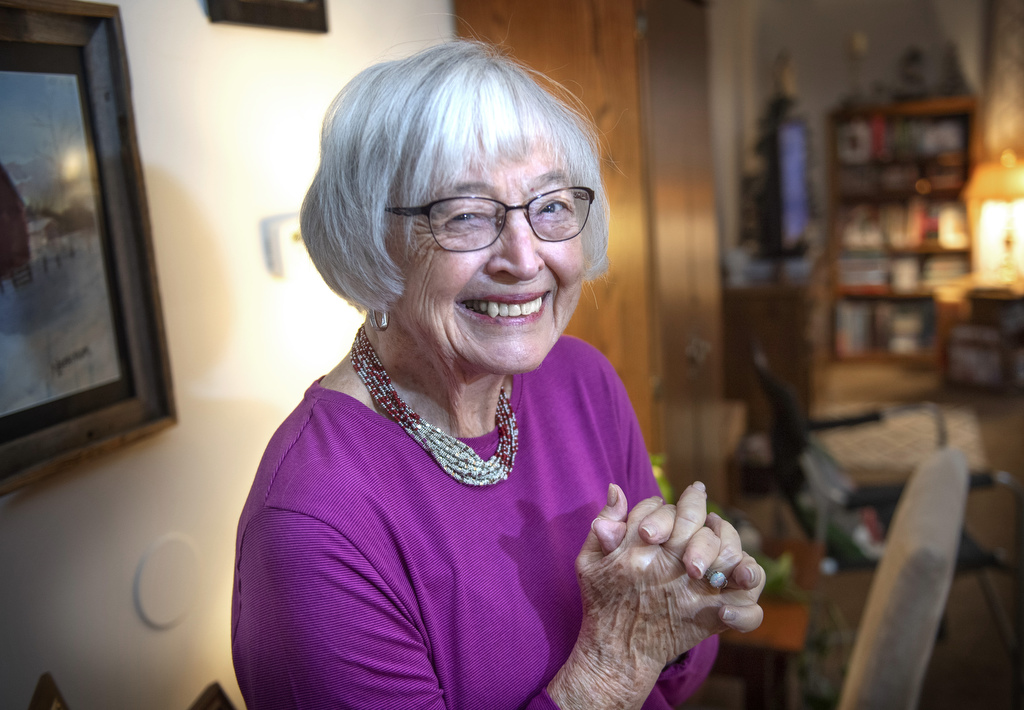
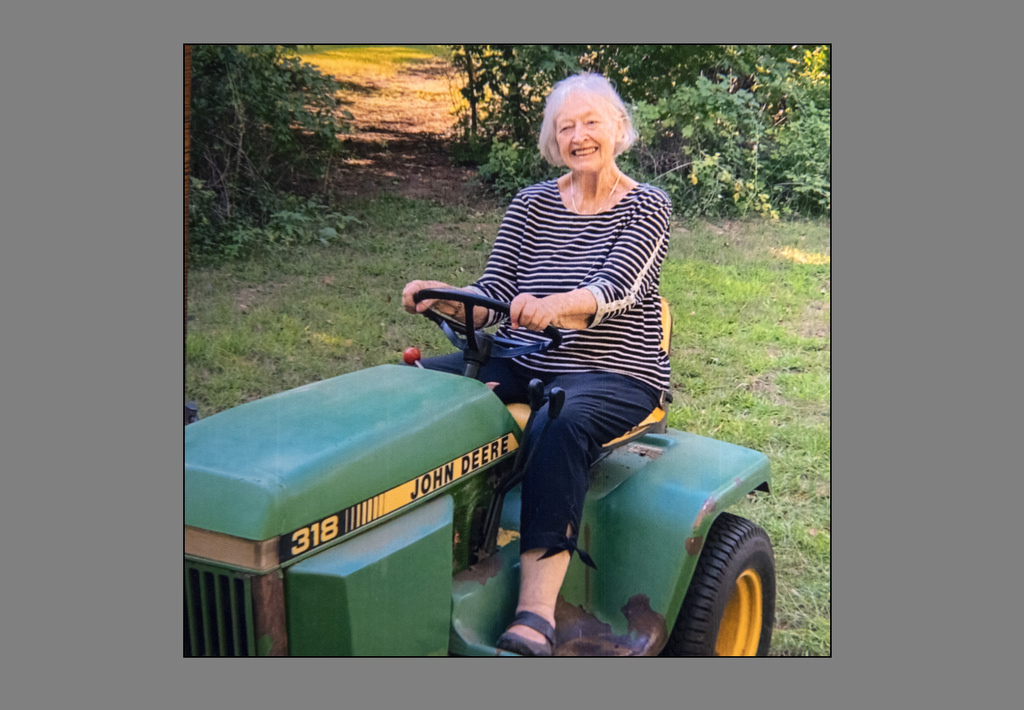

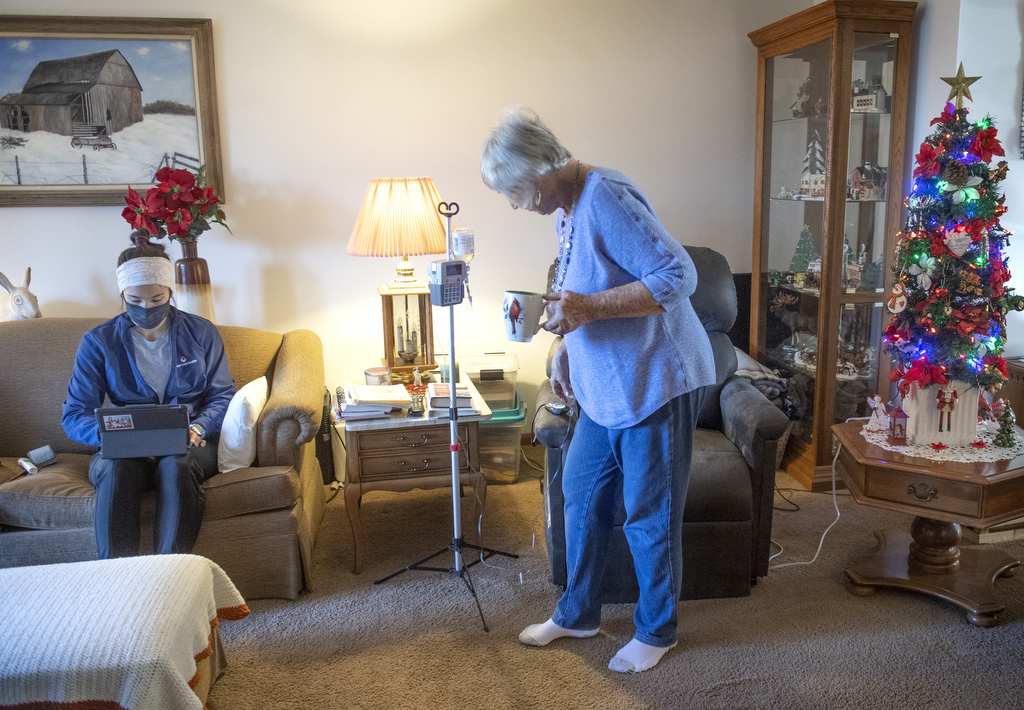
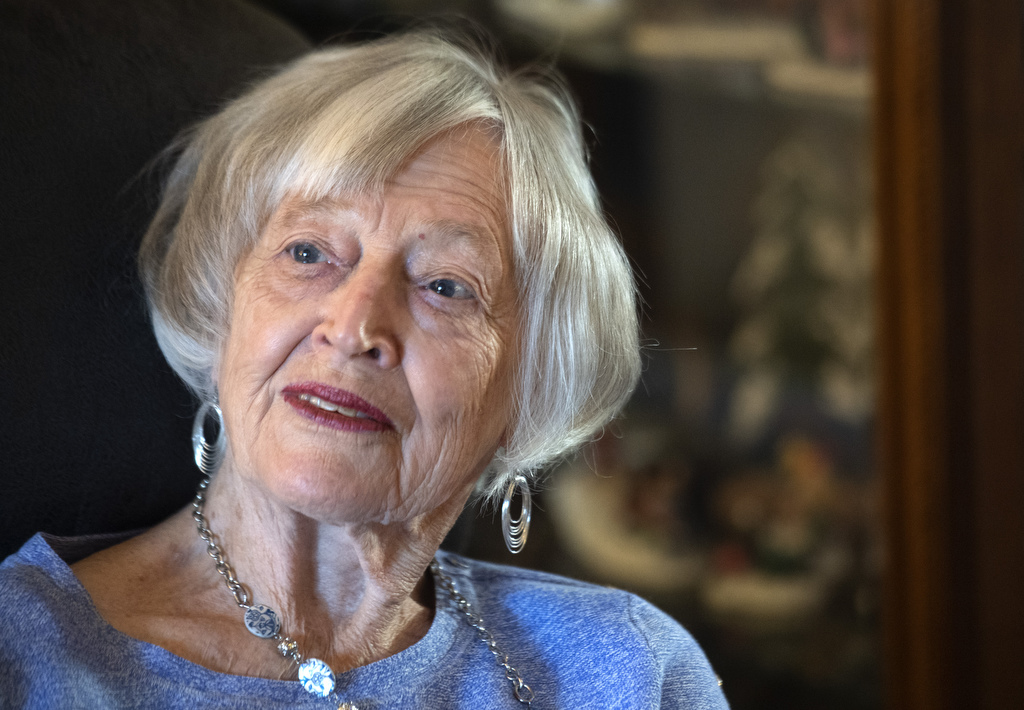
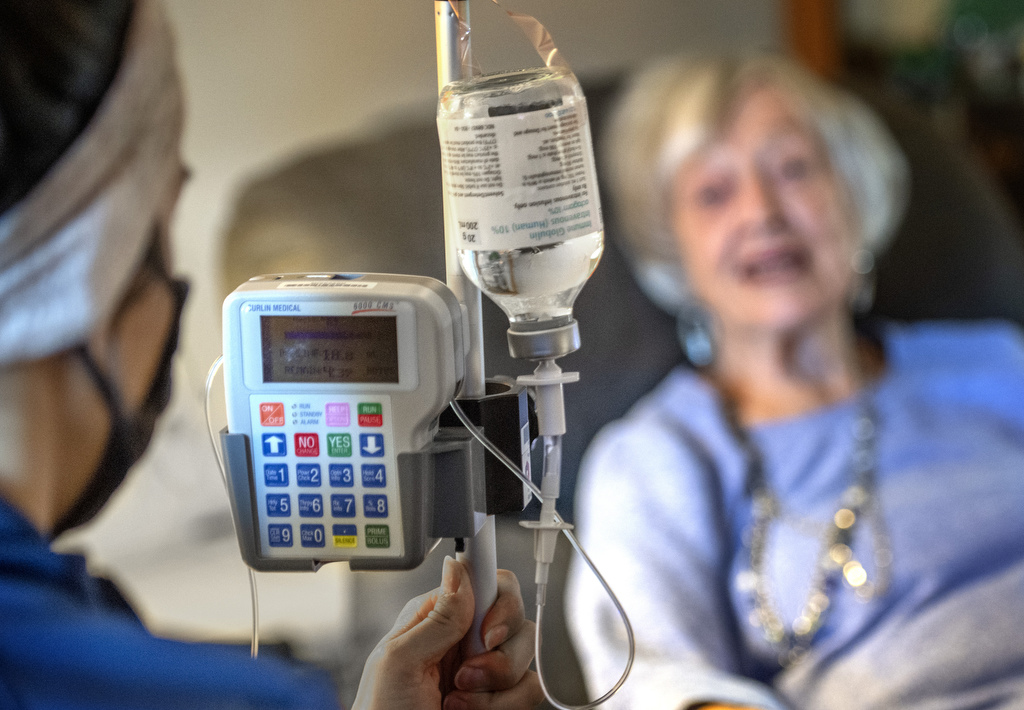
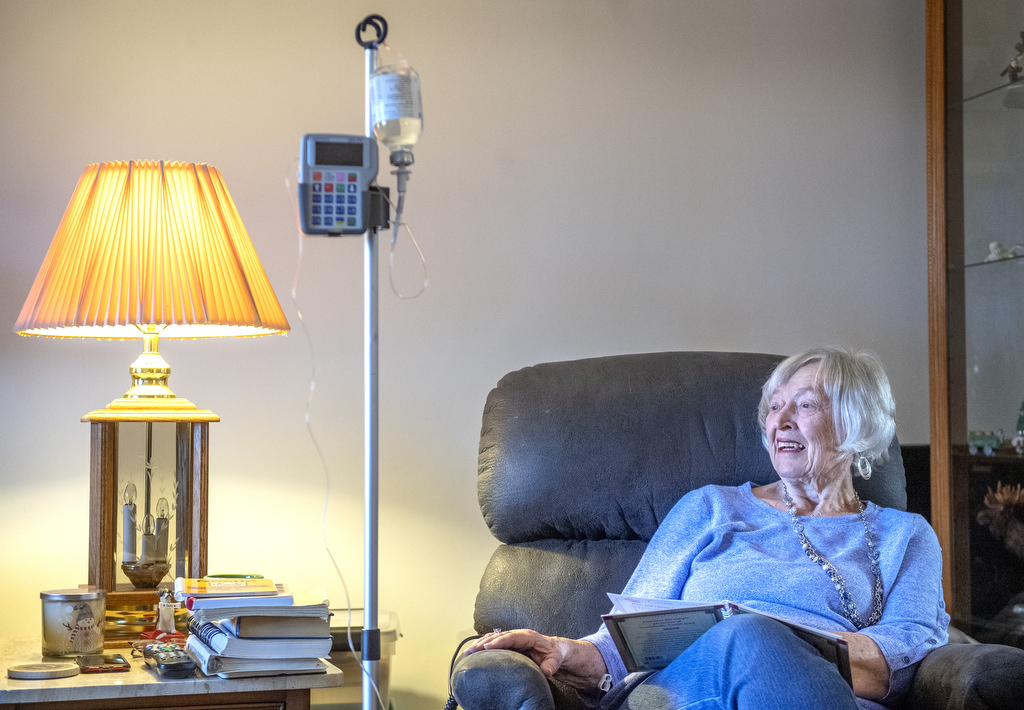
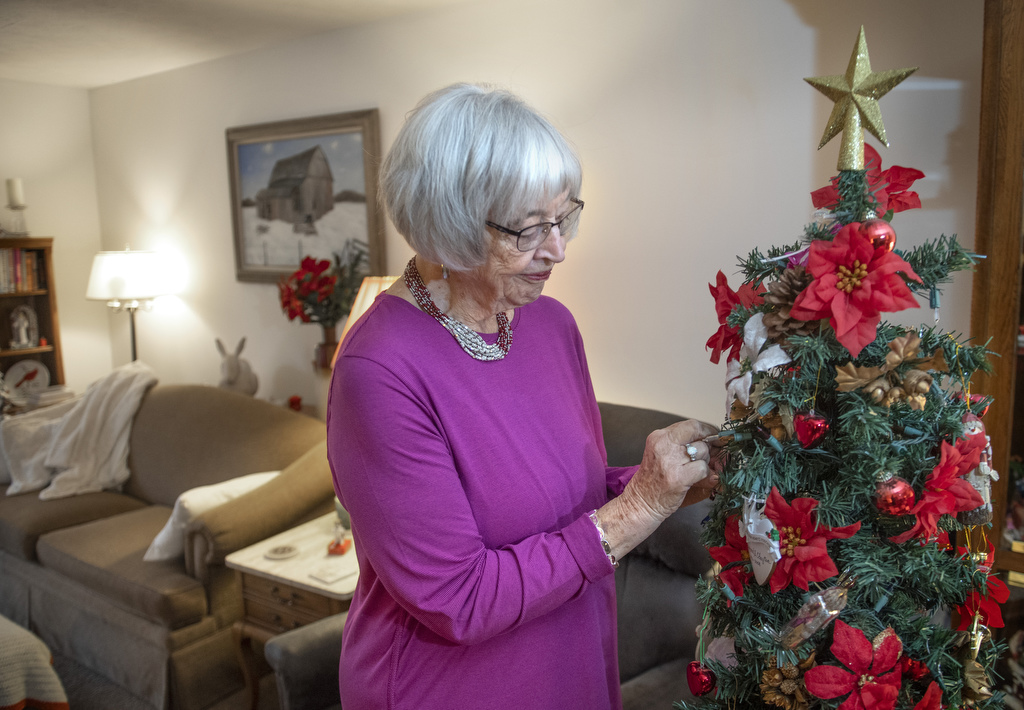


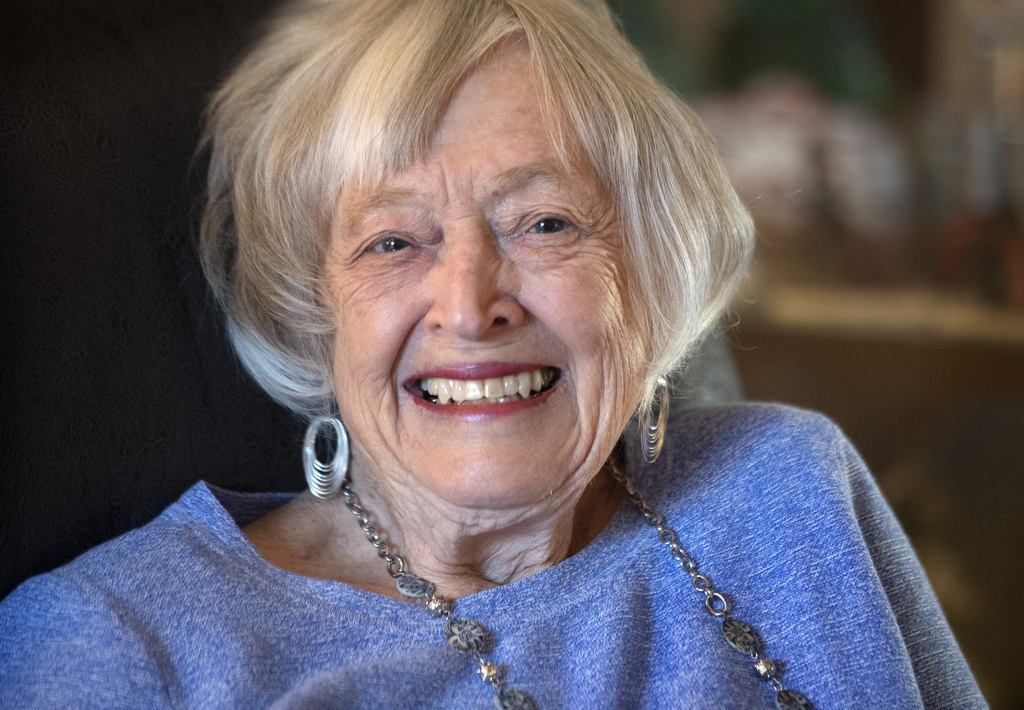
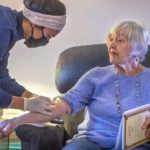
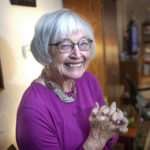

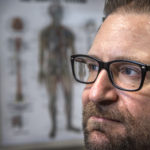

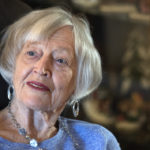
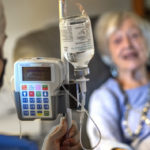





 /a>
/a>
 /a>
/a>
 /a>
/a>
Dixie is a good friend of mine! I witnessed her decline. I saw that trip on our friend’s motorcycle. Everyone was cheering!
Dixie is a very special person and I’m glad that she was able to be helped!!!